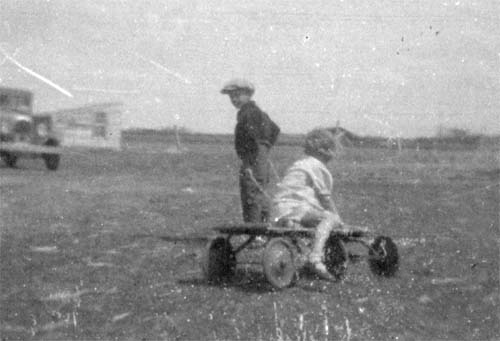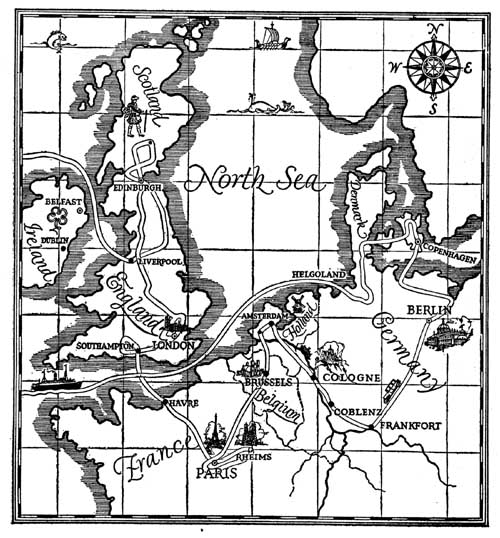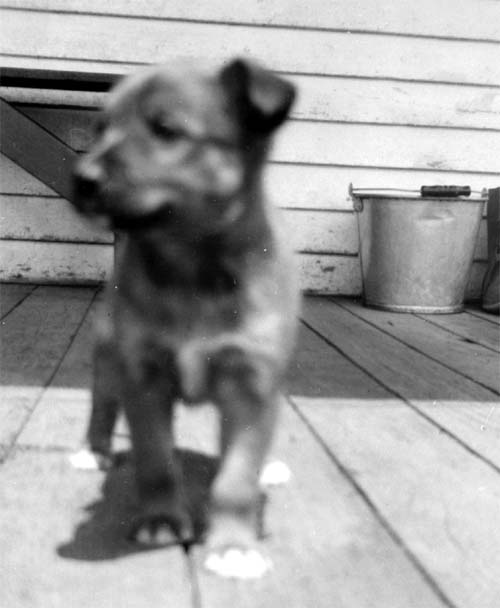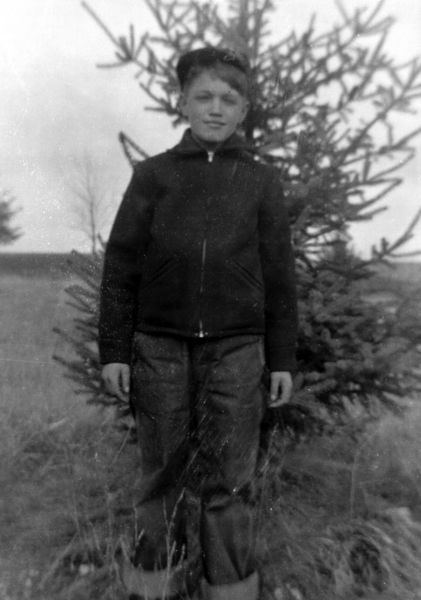Blonde Outdoors, 1920s.
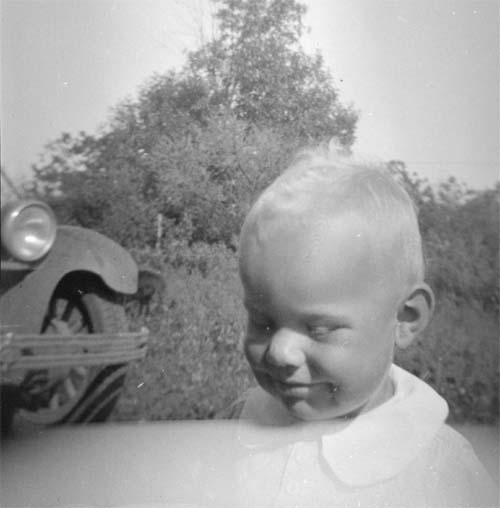
Click for full image
Blonde baby, enjoying the outdoors, near what appears to be a Model T. 1920s. From this set.
Apartment building, 1920s.
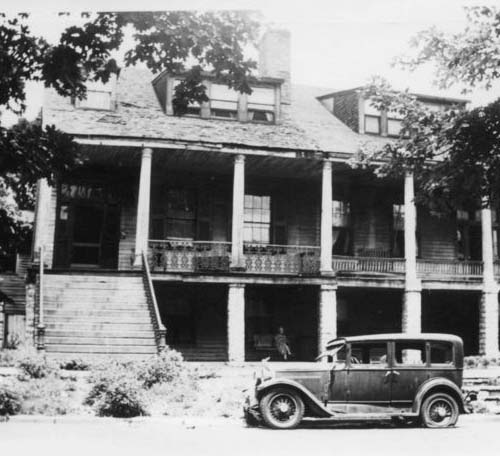
Click for full image
Car parked in front of a large lodge. Appears 1920s.
Labels: 1920s, apartment, automobilia, lodge
Family Photo, 1930s.
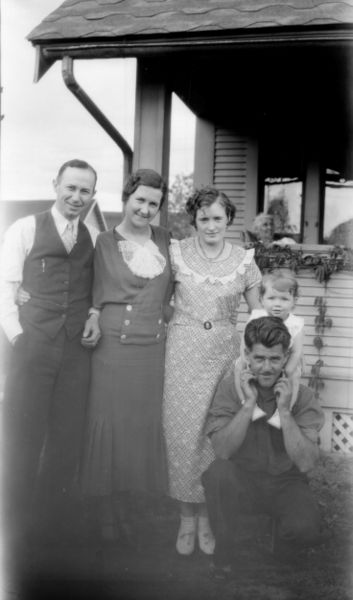
A family posing for a photo in front of a house. Appears 1930s (See comments). More of this group here.
Labels: 1920s, baby, family photos
Plains Farmstead In Winter, 1920s.
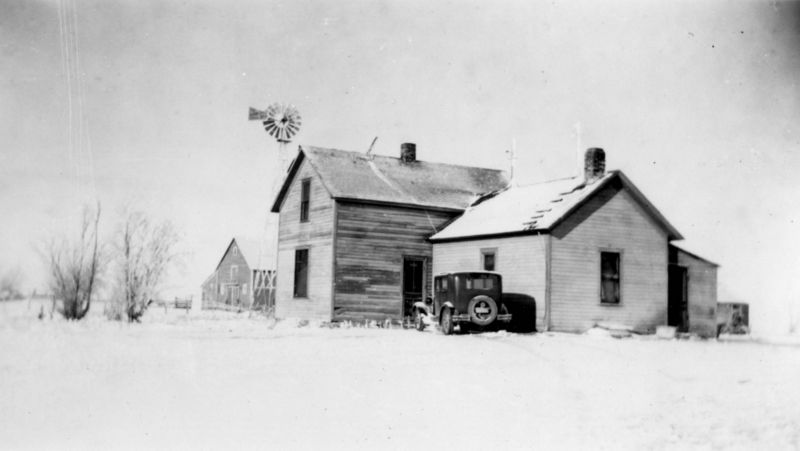
A plains farmstead in the middle of winter, Model T parked outside. 1920s.
Labels: 1920s, early 20th century farm photos, farm life, model t, winter
Revere, Minnesota, 1920
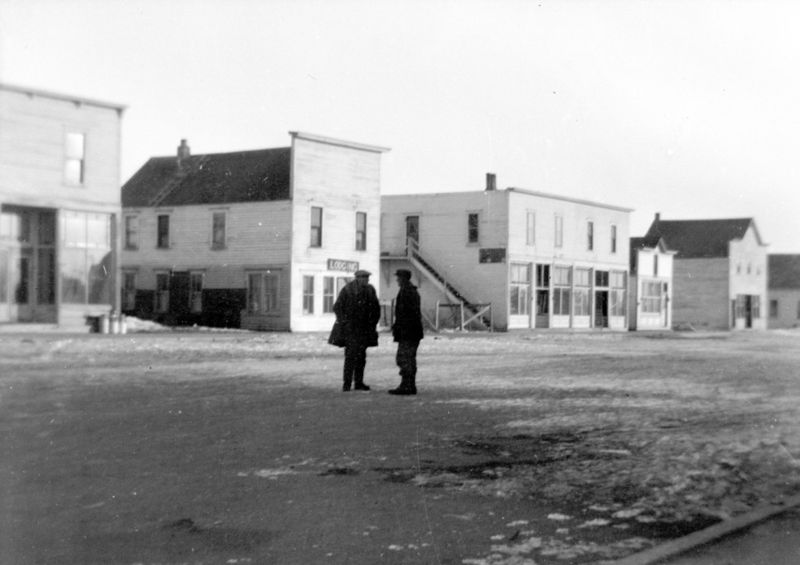
Welcome to Revere, Minnesota. Walnut Grove, where some of the Laura Ingalls Wilder books were set, is the largest town to the west, and Lamberton is the larger town to the east. All these towns are connected by US Highway 14, but the railroad was once the main way to get from here to there. Only a couple miles separate these towns, with Walnut Grove and Lamberton being larger, and Revere becoming a stopping point between the two.
During the early 1920s, however, the family of one of the residents took a bunch of photos. The photos come from the large lot of negatives I purchased last year. The people are in their twenties and thirties in the negatives I've scanned before, and in these photos they seem to be in their teens. I can't quite tell if they were visiting Revere, or if they had lived in Revere during their youth. Anyhow, the photographer in the family took lots of pictures, capturing quite a bit of Revere's downtown area.
Labels: 1920s, minnesota history, revere, small town
Changing A Model T Tube
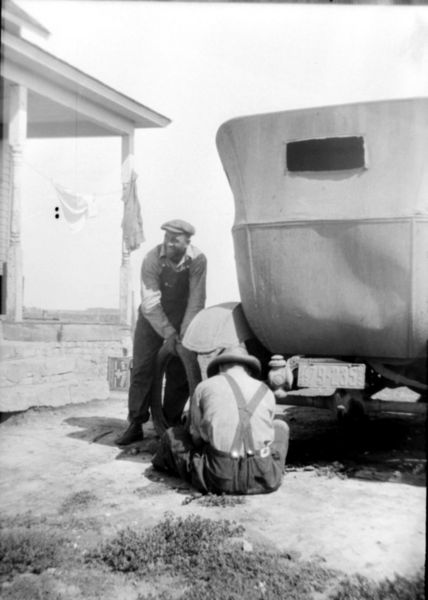 What we see here is the hindquarters of a mid-1920s Model T Sedan. The first clue is the license plate, issued in 1927, but the dented-up body would indicate that the car isn't right off the showroom floor. Aside from the year, it's pretty clearly the Ford T Sedan: the fabric top, the under-scooping back end, the fenders all echo the Model Ts of the day.
What we see here is the hindquarters of a mid-1920s Model T Sedan. The first clue is the license plate, issued in 1927, but the dented-up body would indicate that the car isn't right off the showroom floor. Aside from the year, it's pretty clearly the Ford T Sedan: the fabric top, the under-scooping back end, the fenders all echo the Model Ts of the day.In the 1920s, you had to pull the tire off the rim on a regular basis, for the same reason modern bicyclists are skilled at the same task. Car tires of the day had an inner tube, which had a habit of bursting from time to time. It was far more common in the cars than in bicycles, as the Ts covered more land, were heavier, and hit things at faster speeds than a bike. Travelers without a spare tube were in for a tough time. When you're on a cow-trail road, five miles from anywhere, no phone, no nothing, you had to fend for yourself. These guys were in luck: they were close to a house, and probably the advantage of a full toolkit from the farm's shop. They both also look familiar with the process, and probably had it done lickety-split.
A sidenote on the Model T itself: As these photos are from Western Minnesota, this car was probably assembled, by hand, at the Ford Manufacturing Plant in Fargo, North Dakota. In the 1910s, Ford's expanding influence meant that they could no longer economically manufacture cars in Detroit and ship them by rail -- assembly plants were built all around the nation 1914, building cars for their local region. Fargo's opened in 1914 and was going full-steam by the time the car above was sent out into the Red River Valley's prairie farmland.
Labels: 1920s, 1927, auto repair, automobilia, ford, inner tube, model t
Easter In the 1920s
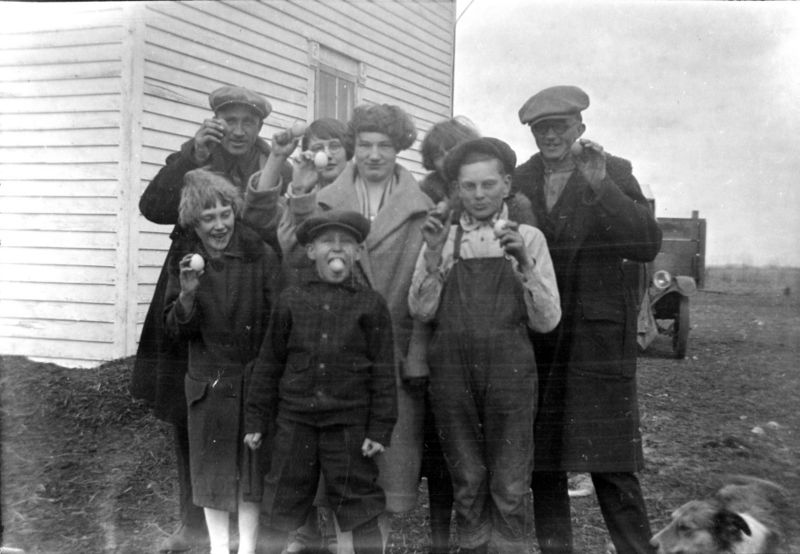
The 1920s send their wishes you a Happy Easter! In this photo, younger versions of the people seen in the Minnesota photo negative set show their Easter morning discoveries. I just hope nobody bumps that kid in the middle too hard.
Labels: 1920s, easter, farm life, minnesota history











